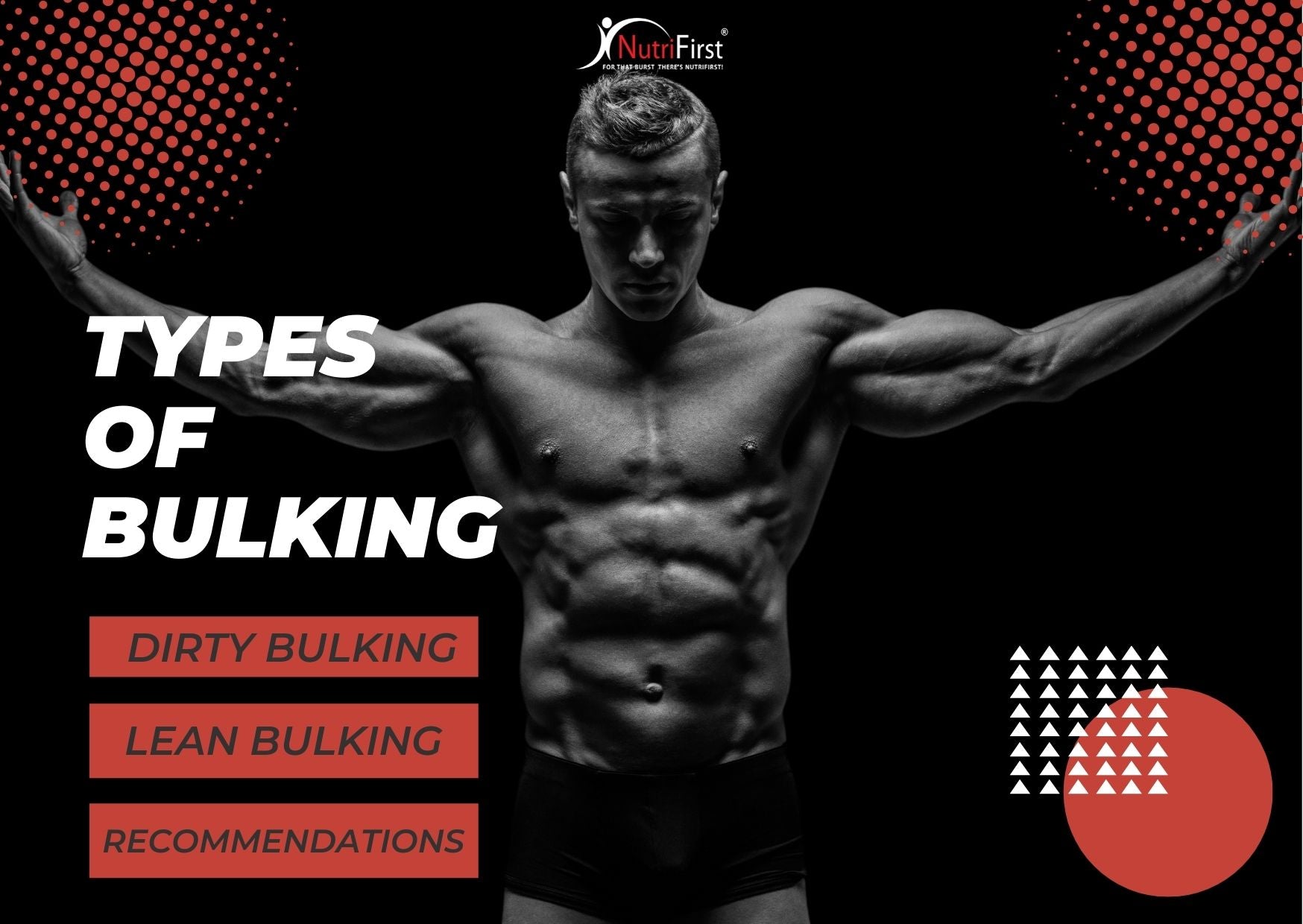
Bulk it up!
Bulking is a common term that is well known in the fitness world but what is bulking? We will be covering two types of bulking in this blog namely, “dirty” bulking and lean bulking.
Firstly, what is bulking? Bulking is a type of diet for those who are looking to gain mass and build more muscle. It is a type of diet that is popular amongst those who have high metabolism rates and also professional body builders who are looking to gain more muscle. Bulking is essentially going on a caloric surplus where you consume more calories than you burn and the reason why it helps to grow muscle is because the amount of energy (calories) you have readily available for your body to consume strongly affects muscle growth. With a surplus of energy stored in your body, muscle protein synthesis increase and thus, increase muscle growth. So what is “dirty” bulk and lean bulk? Dirty Bulking
Dirty Bulking
Dirty bulking is the most popular form of bulking as it requires less discipline and you will be able to eat as your heart desires. You can easily hit the amount of calories you need to hit the caloric surplus however, it may cause overeating and fat gain. It is important to take note that our body is not able to grow muscle as fast as we consume food thus, the extra calories would then be stored as body fats.
Furthermore, accumulating fat too rapidly might reduce motivation and may affect insulin sensitivity, making muscle growth and fat burning more difficult.
Lean Bulking
Lean bulking, also known as clean bulking, requires regulating the amount of calories and the type of foods that is being consumed to achieve muscle gain and not fat gain. This results to a slower rate of weight gain and strength, but a much larger portion of the weight gained is muscle instead of fat.
Around 110% of your total daily energy expenditure is the known to be the best spot for optimising muscle building while avoiding fat gain. This would mean that eating 10% more calories than you expend every day will give you almost as much muscle (but a lot less fat) as eating 20% or 30% more.
To be more specific...
If you are leading a sedentary lifestyle (no exercise or vigorous activity), you will not be able to see lean gains as the extra calories consumed without any resistance will lead to fat gain as your body does not require the extra energy, resulting to increased fats stored.
Firstly, what is bulking? Bulking is a type of diet for those who are looking to gain mass and build more muscle. It is a type of diet that is popular amongst those who have high metabolism rates and also professional body builders who are looking to gain more muscle. Bulking is essentially going on a caloric surplus where you consume more calories than you burn and the reason why it helps to grow muscle is because the amount of energy (calories) you have readily available for your body to consume strongly affects muscle growth. With a surplus of energy stored in your body, muscle protein synthesis increase and thus, increase muscle growth. So what is “dirty” bulk and lean bulk?

Dirty bulking is the most popular form of bulking as it requires less discipline and you will be able to eat as your heart desires. You can easily hit the amount of calories you need to hit the caloric surplus however, it may cause overeating and fat gain. It is important to take note that our body is not able to grow muscle as fast as we consume food thus, the extra calories would then be stored as body fats.
Furthermore, accumulating fat too rapidly might reduce motivation and may affect insulin sensitivity, making muscle growth and fat burning more difficult.
Lean Bulking
Lean bulking, also known as clean bulking, requires regulating the amount of calories and the type of foods that is being consumed to achieve muscle gain and not fat gain. This results to a slower rate of weight gain and strength, but a much larger portion of the weight gained is muscle instead of fat.
Around 110% of your total daily energy expenditure is the known to be the best spot for optimising muscle building while avoiding fat gain. This would mean that eating 10% more calories than you expend every day will give you almost as much muscle (but a lot less fat) as eating 20% or 30% more.
To be more specific...
- Start with 16% of extra calories if you're only moderately active (1–3 hours of exercise or strenuous activity per week with at least three strength training workout per week).
- Choose 17% of extra calories if you're moderately active (5 hours or more of exercise or intense activity per week), and 18 if you're not gaining weight and strength.
- If you’re highly active (7-to-10+ hours of exercise or vigorous activity per week) you may go up to 20%-30% of extra calories for optimised muscle protein synthesis and healthy weight gain.
If you are leading a sedentary lifestyle (no exercise or vigorous activity), you will not be able to see lean gains as the extra calories consumed without any resistance will lead to fat gain as your body does not require the extra energy, resulting to increased fats stored.
